Home>Furniture & Design>Bathroom Accessories>How To Clean Mildew Off A Shower Curtain


Bathroom Accessories
How To Clean Mildew Off A Shower Curtain
Modified: October 21, 2024
Learn how to effectively remove mildew from your shower curtain with our expert tips and keep your bathroom accessories clean and fresh. Say goodbye to mildew stains for good!
(Many of the links in this article redirect to a specific reviewed product. Your purchase of these products through affiliate links helps to generate commission for Storables.com, at no extra cost. Learn more)
Introduction
Cleaning mildew off a shower curtain may not be the most glamorous task, but it's a crucial part of maintaining a clean and hygienic bathroom. Mildew, a type of mold, thrives in warm, damp environments, making shower curtains an ideal breeding ground. If left unchecked, mildew can not only mar the appearance of your shower curtain but also pose potential health risks. However, with the right materials and a few simple steps, you can effectively banish mildew and prevent its return.
In this comprehensive guide, we will delve into the nuances of mildew, explore the materials needed for the cleaning process, and provide a detailed, step-by-step approach to rid your shower curtain of this pesky intruder. Additionally, we will discuss preventive measures to help you maintain a mildew-free shower curtain in the future.
By the end of this article, you will be equipped with the knowledge and tools to tackle mildew with confidence, ensuring that your shower curtain remains a pristine and inviting feature in your bathroom. So, roll up your sleeves and let's dive into the world of mildew removal and prevention!
Key Takeaways:
- Say goodbye to mildew by soaking your shower curtain in a mixture of white vinegar and warm water, then gently scrubbing and rinsing. Prevent future mildew by promoting ventilation and using mildew-resistant materials.
- Combat mildew on your shower curtain with white vinegar, baking soda, and warm water. Prevent its return by establishing a regular cleaning routine and promoting proper ventilation in your bathroom.
Read more: How To Clean Mildew Off A Patio Umbrella
Understanding Mildew
Mildew is a type of mold that thrives in warm, damp, and poorly ventilated environments, making it a common nuisance in bathrooms. It typically appears as dark, patchy spots on surfaces, including shower curtains, walls, and grout. This unsightly growth not only detracts from the aesthetic appeal of your bathroom but also poses potential health risks.
Mildew is a living organism that belongs to the fungi family. It reproduces by releasing spores into the air, which can then settle and grow on various surfaces. The warm and humid conditions of a bathroom provide an ideal breeding ground for mildew, allowing it to flourish and spread rapidly if left unchecked.
One of the key factors contributing to mildew growth is moisture. When water droplets remain on surfaces for extended periods, especially in the folds and creases of a shower curtain, it creates the perfect environment for mildew to thrive. Additionally, inadequate ventilation in the bathroom can exacerbate the issue, as stagnant air prevents moisture from dissipating, further promoting mildew growth.
In terms of appearance, mildew often manifests as black, gray, or greenish patches on surfaces. It has a distinct musty odor, which can permeate the air in the bathroom if left untreated. While mildew is primarily a cosmetic concern, it can also lead to health issues for individuals with respiratory conditions or allergies.
Understanding the nature of mildew is crucial for effective removal and prevention. By recognizing its propensity for moisture-rich environments and its rapid reproductive cycle, you can implement targeted strategies to combat its presence on your shower curtain and other surfaces in the bathroom. With this knowledge in hand, you'll be better equipped to tackle mildew and maintain a clean, hygienic bathroom environment.
Materials Needed
To effectively clean mildew off a shower curtain, you'll need a few essential materials that are readily available and easy to use. These items are specifically chosen to target mildew and restore your shower curtain to its pristine condition. Here's a list of the materials you'll need:
-
White Vinegar: This versatile household staple is a potent weapon against mildew. Its acidic nature makes it highly effective in breaking down and eliminating mold and mildew spores. Additionally, white vinegar is non-toxic and environmentally friendly, making it a safe choice for cleaning your shower curtain.
-
Baking Soda: Known for its natural deodorizing and abrasive properties, baking soda is an excellent ally in the fight against mildew. It helps to scrub away stubborn mildew stains while neutralizing odors, leaving your shower curtain fresh and clean.
-
Microfiber Cloth or Soft Brush: A gentle cleaning tool such as a microfiber cloth or soft brush is essential for applying cleaning solutions to the shower curtain without causing damage. These tools allow for thorough yet gentle scrubbing, ensuring that mildew is effectively removed without harming the curtain material.
-
Rubber Gloves: It's important to protect your hands while cleaning mildew, especially when using cleaning solutions. Rubber gloves provide a barrier against harsh chemicals and help keep your skin safe during the cleaning process.
-
Warm Water: Utilizing warm water in combination with cleaning agents helps to loosen mildew and facilitate its removal from the shower curtain. The warmth of the water enhances the effectiveness of the cleaning solutions, allowing for more efficient mildew eradication.
-
Lemon Juice (Optional): Lemon juice, with its natural acidity and refreshing scent, can be used as an alternative or complementary cleaning agent. Its antibacterial properties aid in combating mildew while imparting a pleasant citrus aroma to the shower curtain.
By gathering these materials, you'll be well-equipped to tackle the task of cleaning mildew off your shower curtain effectively. Each item serves a specific purpose in the cleaning process, working in synergy to eliminate mildew and restore your shower curtain to its pristine state. With these materials at your disposal, you can proceed with confidence, knowing that you have the necessary tools to combat mildew and rejuvenate your bathroom space.
To clean mildew off a shower curtain, mix equal parts water and white vinegar in a spray bottle. Spray the affected areas, let it sit for 10-15 minutes, then scrub with a brush and rinse thoroughly. Repeat if necessary.
Steps to Clean Mildew Off a Shower Curtain
-
Remove the Curtain: Start by carefully removing the shower curtain from its hooks or rings. This will allow for easier access to both sides of the curtain and ensure thorough cleaning.
-
Prepare the Cleaning Solution: In a large bucket or basin, mix equal parts of white vinegar and warm water. The acidic properties of the vinegar make it an effective mildew-fighting agent. For an extra boost, you can add a few tablespoons of baking soda to the solution, creating a powerful yet non-toxic cleaning concoction.
-
Soak the Curtain: Submerge the shower curtain in the prepared cleaning solution, ensuring that it is fully immersed. Allow the curtain to soak for at least 30 minutes to an hour, allowing the cleaning solution to penetrate and loosen the mildew stains.
-
Scrub Gently: Using a microfiber cloth or soft brush, gently scrub the surface of the shower curtain, focusing on areas with visible mildew spots. The combination of the cleaning solution and gentle scrubbing will help dislodge and remove the mildew, restoring the curtain to its original cleanliness.
-
Rinse Thoroughly: After scrubbing, rinse the shower curtain thoroughly with warm water to remove any residual cleaning solution and loosened mildew. Ensure that all traces of the cleaning solution are washed away, leaving the curtain fresh and free of mildew.
-
Air Dry: Once the shower curtain has been thoroughly rinsed, hang it back up in the bathroom to air dry. Proper ventilation is essential to prevent the return of mildew, so ensure that the bathroom is well-ventilated during the drying process.
-
Optional Lemon Juice Treatment: For an extra burst of freshness, you can apply a light mist of lemon juice to the shower curtain after cleaning. The natural acidity of the lemon juice will further inhibit mildew growth while imparting a pleasant citrus scent to the curtain.
-
Inspect and Rehang: Once the shower curtain is completely dry, inspect it for any remaining mildew spots. If any stubborn stains persist, repeat the cleaning process or spot-treat the affected areas with the cleaning solution.
By following these steps, you can effectively clean mildew off your shower curtain, restoring its appearance and ensuring a hygienic bathroom environment. With the right materials and a systematic approach, you can bid farewell to mildew and enjoy a fresh, clean shower curtain in your bathroom.
Preventing Mildew in the Future
Preventing the recurrence of mildew on your shower curtain is essential for maintaining a clean and hygienic bathroom environment. By implementing proactive measures, you can effectively deter mildew growth and prolong the pristine condition of your shower curtain. Here are some practical strategies to prevent mildew in the future:
-
Regular Cleaning Routine: Establishing a regular cleaning routine for your shower curtain is crucial in preventing mildew. Aim to clean the curtain at least once a month to remove any accumulated moisture and deter the growth of mildew. By staying proactive, you can address any potential mildew spots before they become widespread.
-
Proper Ventilation: Adequate ventilation is key to preventing mildew in the bathroom. After each shower, ensure that the bathroom is well-ventilated to allow moisture to dissipate effectively. Opening windows, using exhaust fans, or installing a dehumidifier can help reduce humidity levels, creating an inhospitable environment for mildew.
-
Dry the Curtain Thoroughly: After each use, pull the shower curtain closed to allow it to dry completely. Ensure that the curtain is spread out evenly to facilitate air circulation, preventing moisture from becoming trapped in folds and creases. Additionally, consider using a squeegee to remove excess water from the curtain after showering.
-
Use Mildew-Resistant Materials: When purchasing a new shower curtain, opt for materials that are specifically designed to resist mildew. Look for curtains labeled as mildew-resistant or treated with antimicrobial agents. These curtains are engineered to inhibit mildew growth, providing added protection against unsightly stains.
-
Regular Inspections: Periodically inspect the shower curtain for any signs of mildew or mold. Addressing any early indications of mildew promptly can prevent it from spreading and becoming more challenging to remove. If mildew is detected, take immediate action to clean and disinfect the affected areas.
-
Wash with Preventive Solutions: Incorporate preventive measures into your regular cleaning routine by washing the shower curtain with a mildew-inhibiting solution. For instance, a solution of white vinegar and water can be used as a preventive treatment to deter mildew growth between thorough cleanings.
By incorporating these preventive strategies into your bathroom maintenance routine, you can effectively thwart the recurrence of mildew on your shower curtain. Consistent vigilance and proactive measures will help preserve the cleanliness and visual appeal of your shower curtain, ensuring a welcoming and hygienic bathroom environment for you and your family.
Conclusion
In conclusion, maintaining a clean and mildew-free shower curtain is essential for upholding a hygienic and visually appealing bathroom environment. By understanding the nature of mildew and implementing targeted cleaning and preventive measures, you can effectively combat its presence and ensure the longevity of your shower curtain.
The process of cleaning mildew off a shower curtain involves the strategic use of materials such as white vinegar, baking soda, and warm water, along with gentle scrubbing to remove stubborn stains. By following a systematic approach, including soaking, scrubbing, rinsing, and air drying, you can restore your shower curtain to its pristine condition, free from the unsightly blemishes caused by mildew.
Furthermore, preventing the recurrence of mildew is equally crucial. By establishing a regular cleaning routine, promoting proper ventilation, and utilizing mildew-resistant materials, you can create an inhospitable environment for mildew growth. Consistent vigilance and proactive measures, such as thorough drying and periodic inspections, serve as effective deterrents against the reappearance of mildew on your shower curtain.
Ultimately, the concerted effort to combat mildew and prevent its return contributes to a clean, inviting, and healthy bathroom space. By incorporating the insights and strategies outlined in this guide, you can confidently tackle mildew, ensuring that your shower curtain remains a pristine and hygienic feature in your home.
With the knowledge and tools at your disposal, you are well-equipped to maintain a mildew-free shower curtain, promoting a sense of cleanliness and well-being in your bathroom. By embracing these practices, you can enjoy a fresh and visually appealing shower curtain, free from the clutches of mildew, and create a welcoming oasis for relaxation and rejuvenation.
Frequently Asked Questions about How To Clean Mildew Off A Shower Curtain
Was this page helpful?
At Storables.com, we guarantee accurate and reliable information. Our content, validated by Expert Board Contributors, is crafted following stringent Editorial Policies. We're committed to providing you with well-researched, expert-backed insights for all your informational needs.
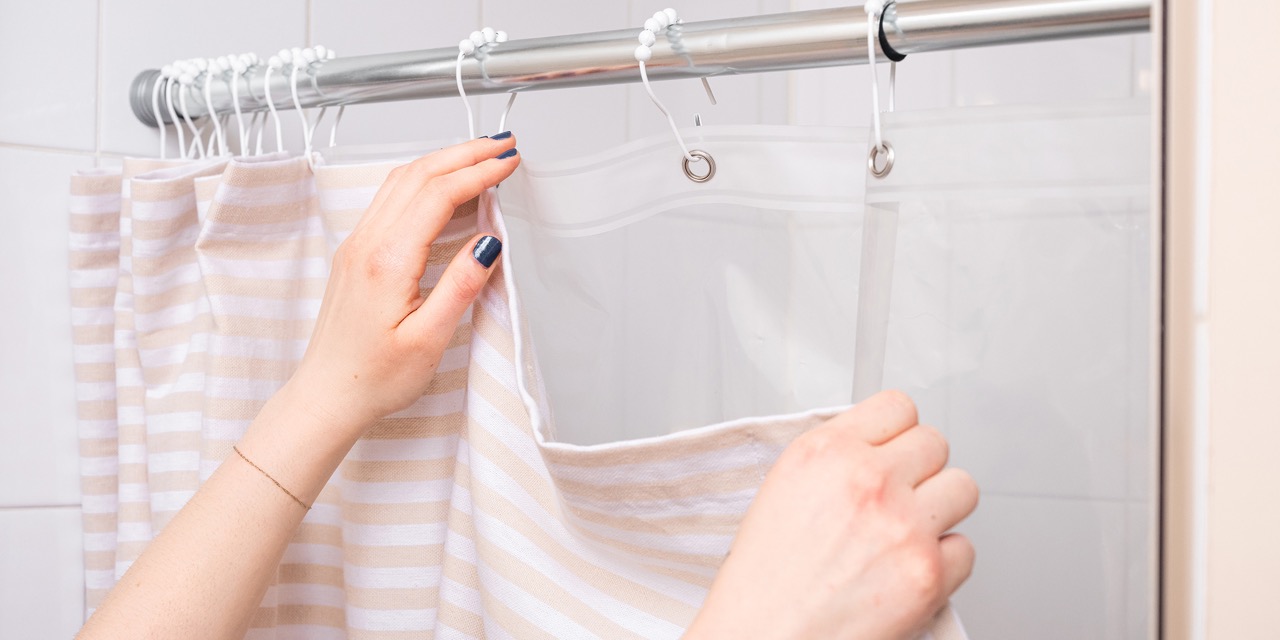

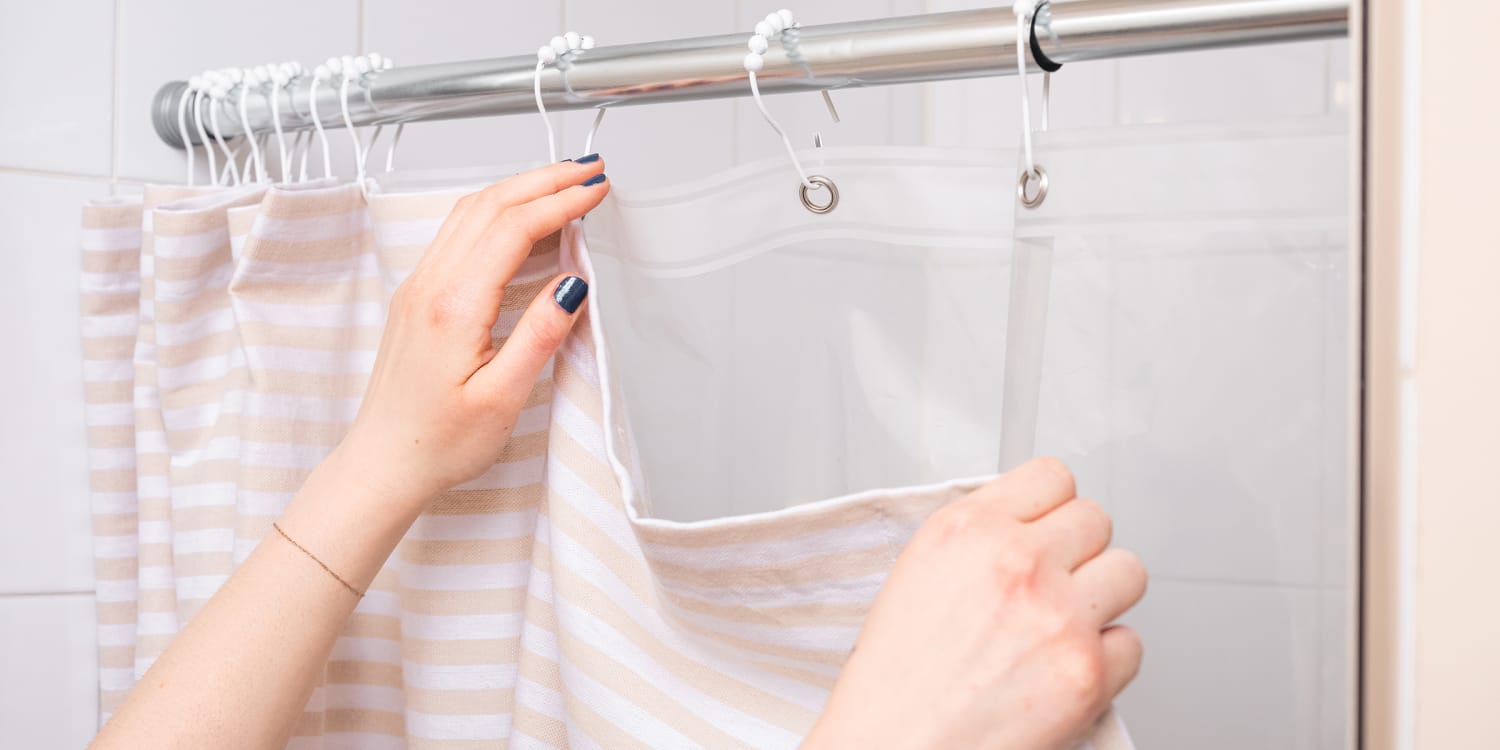
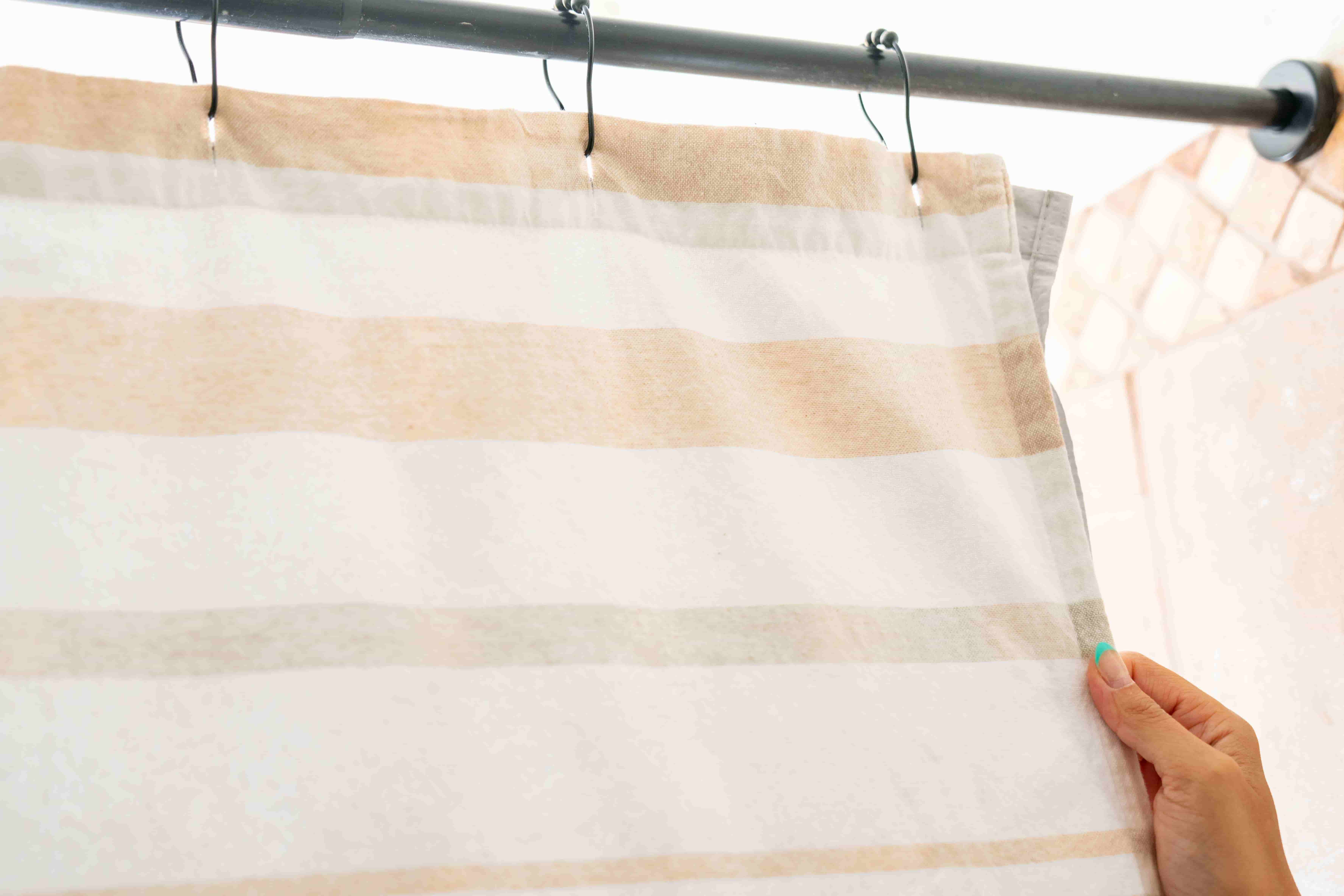
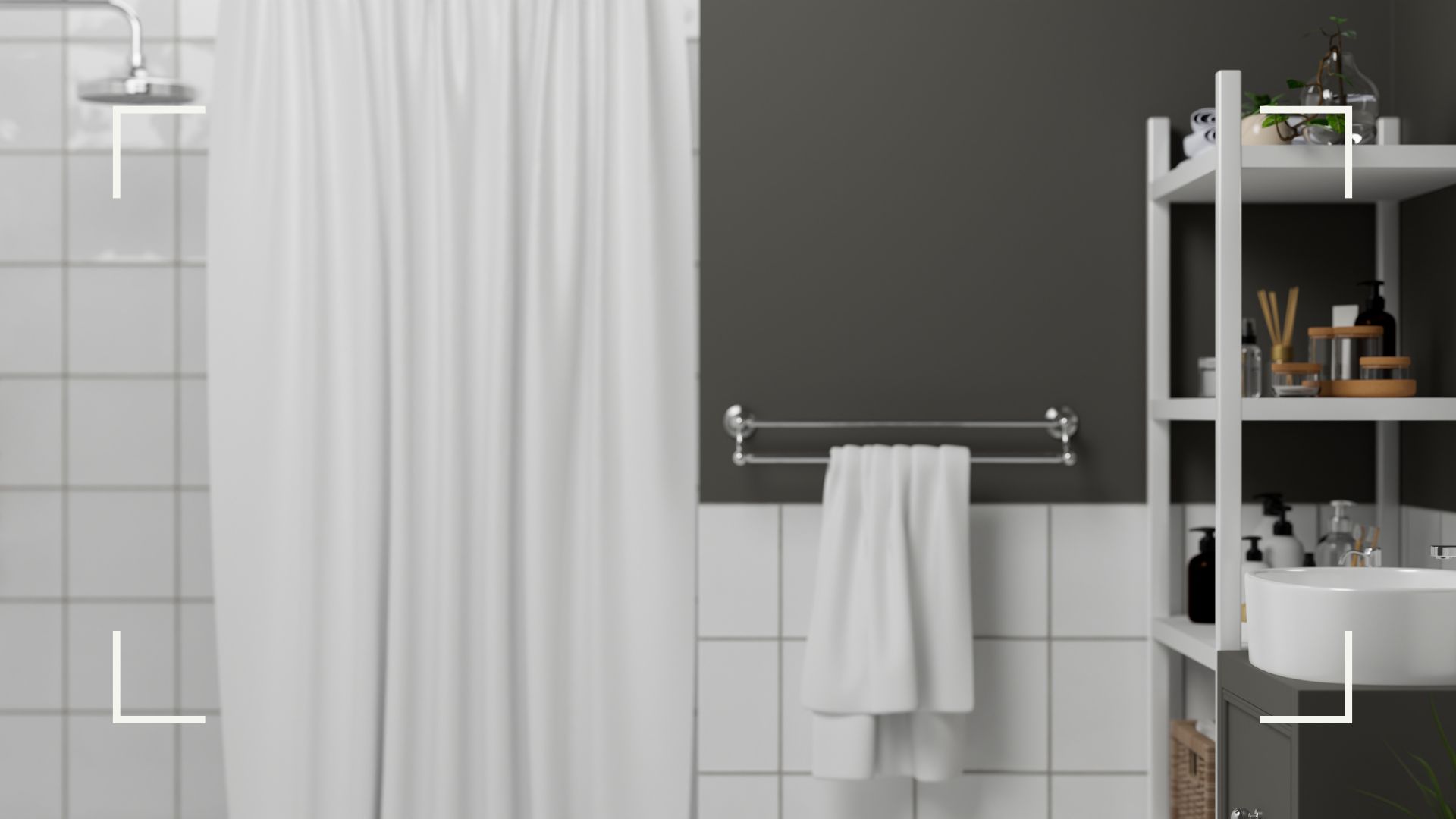
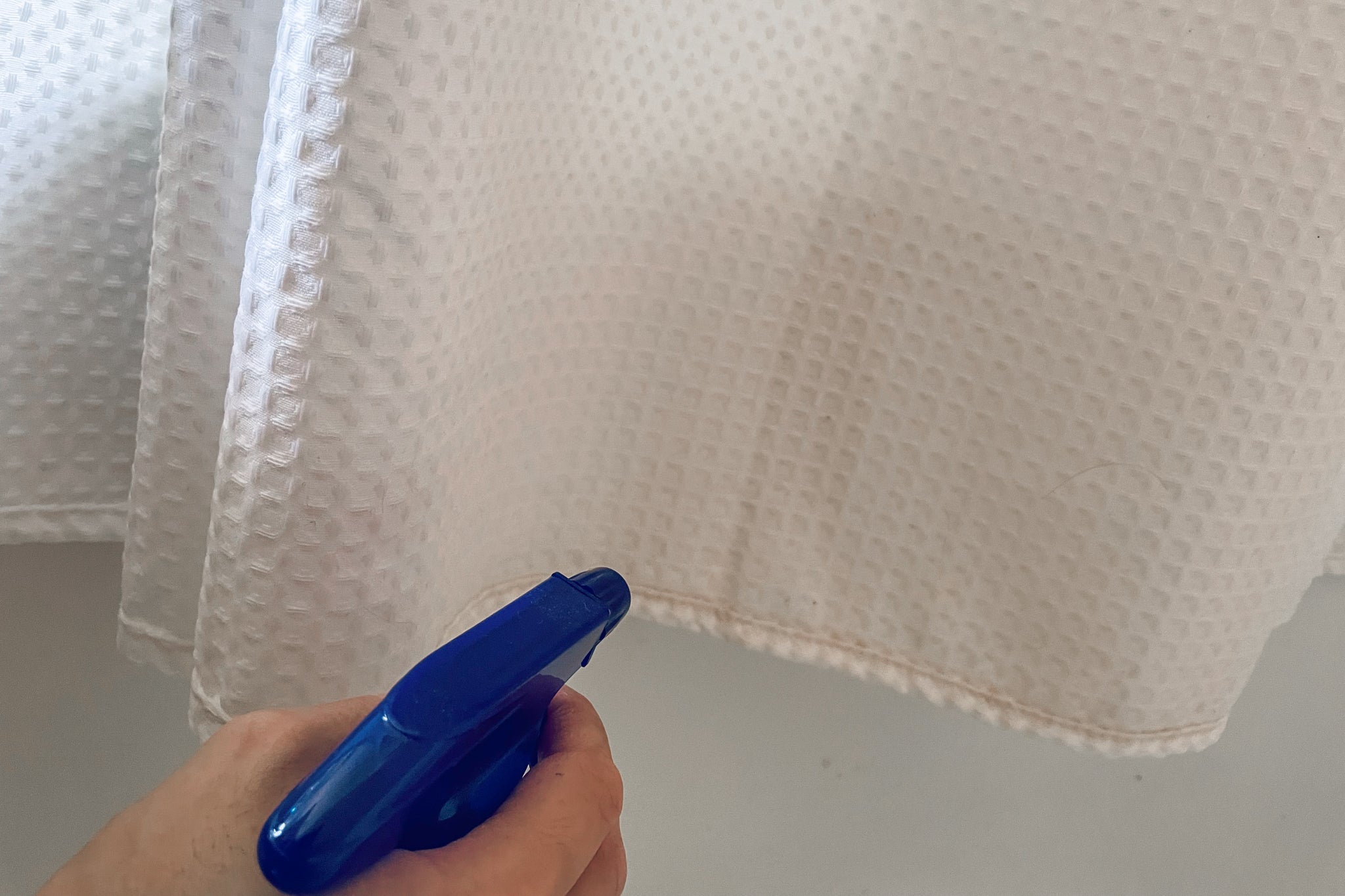
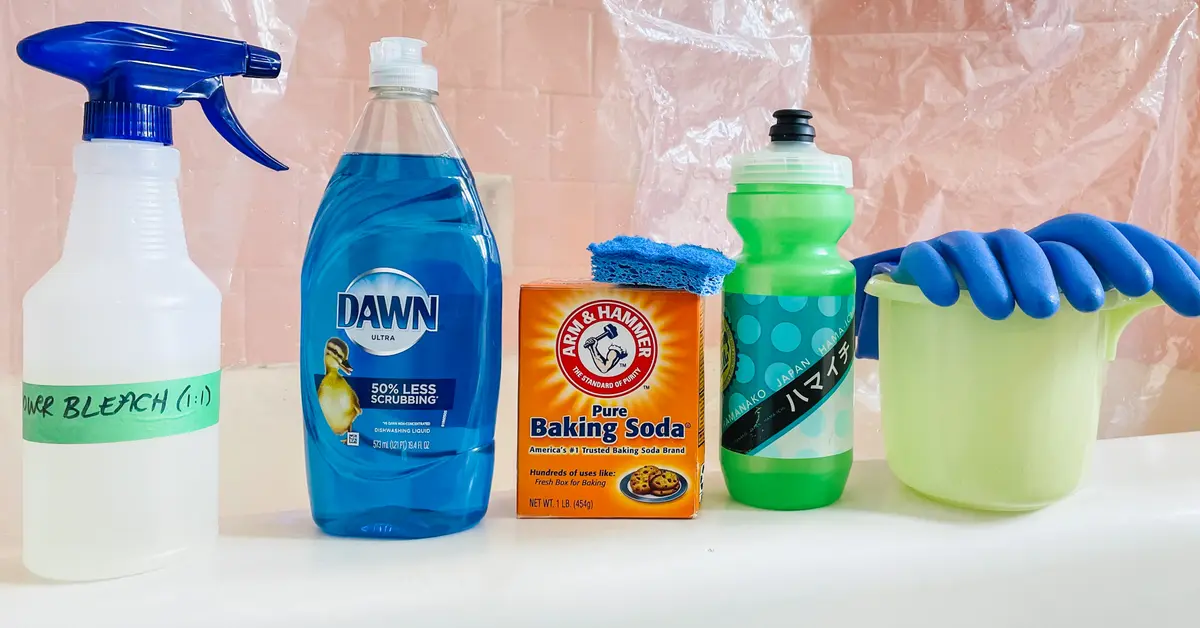
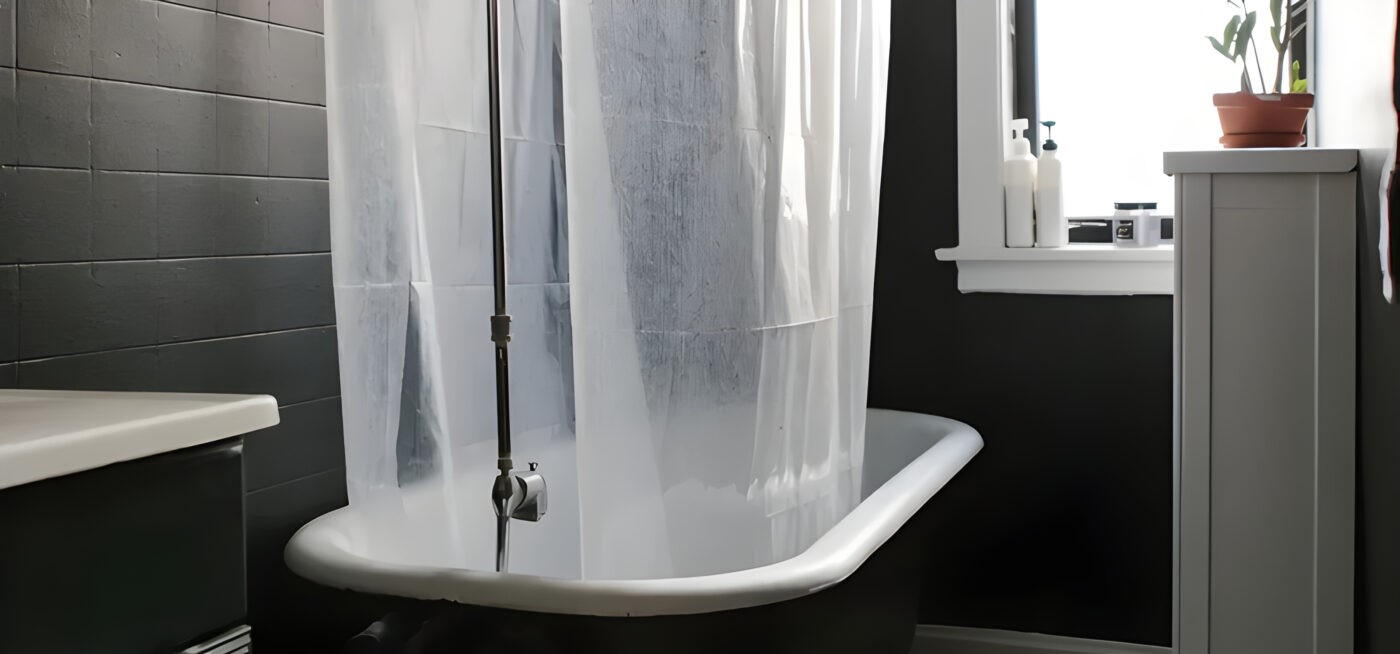
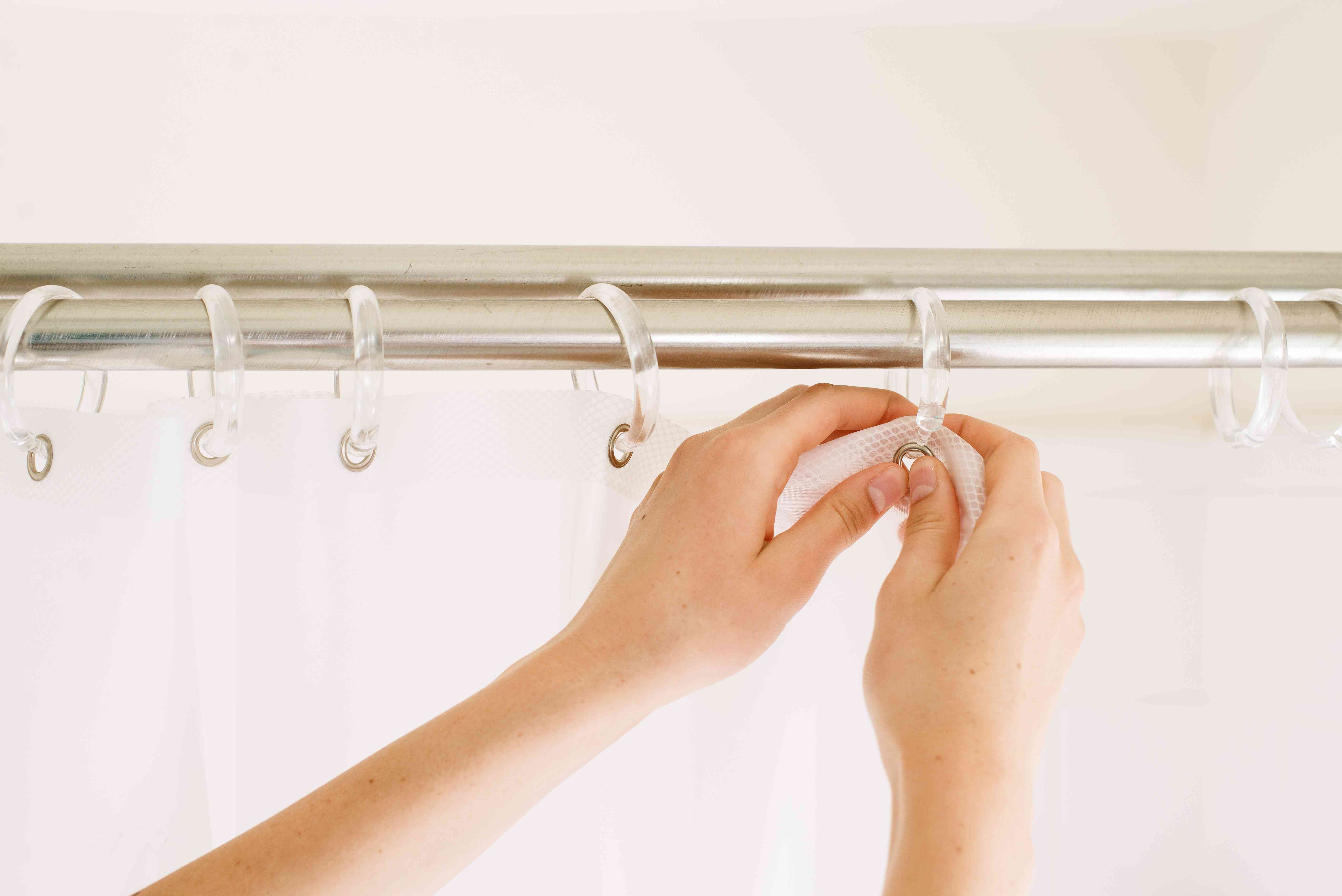
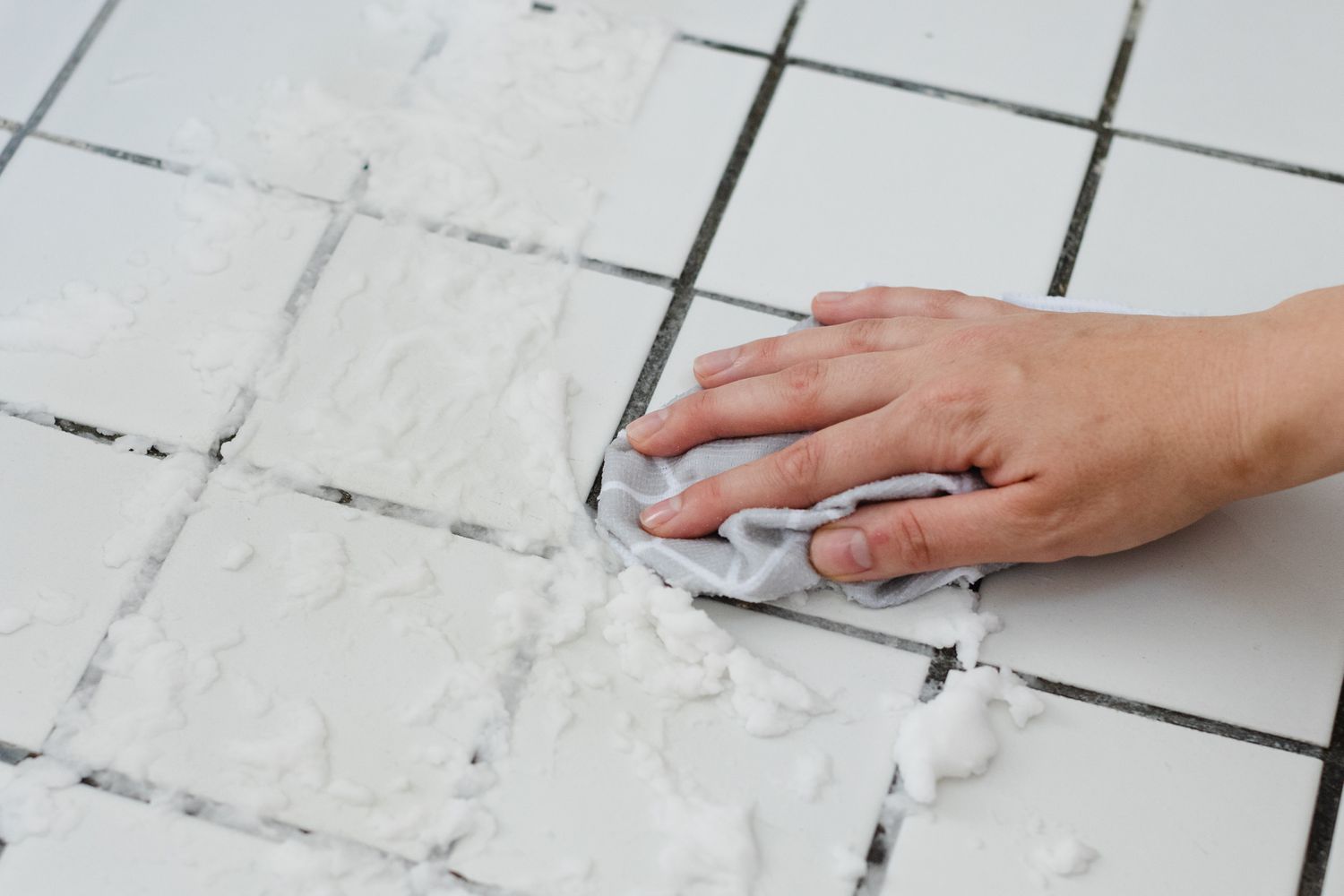


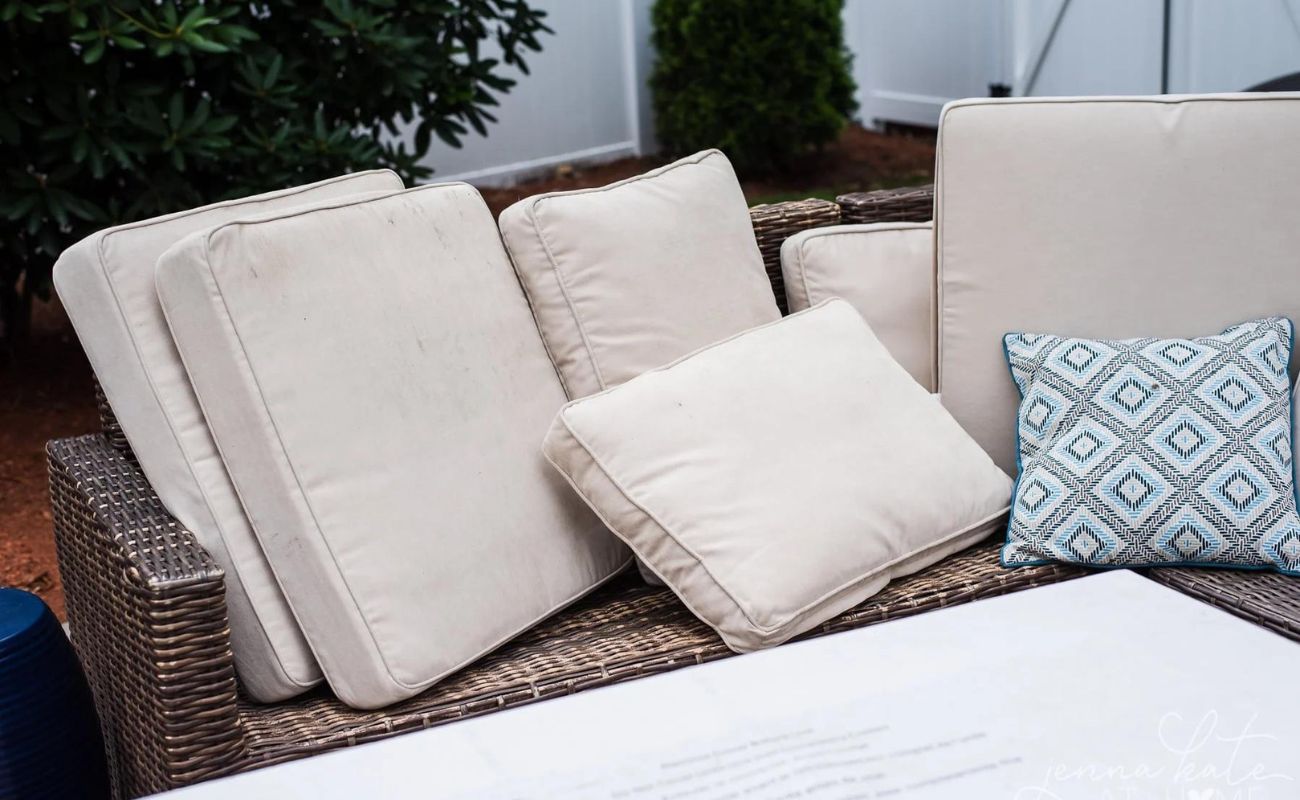
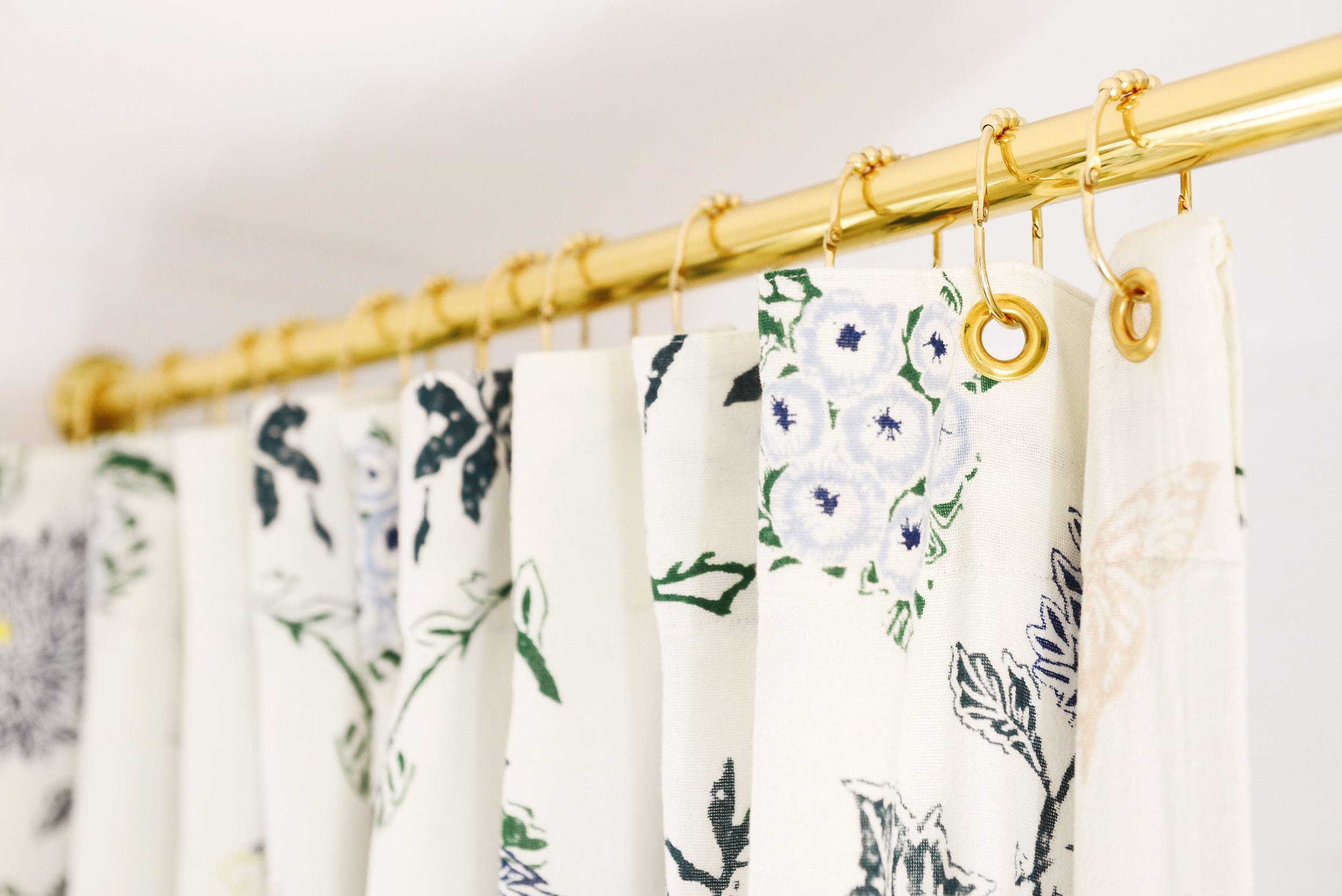

0 thoughts on “How To Clean Mildew Off A Shower Curtain”